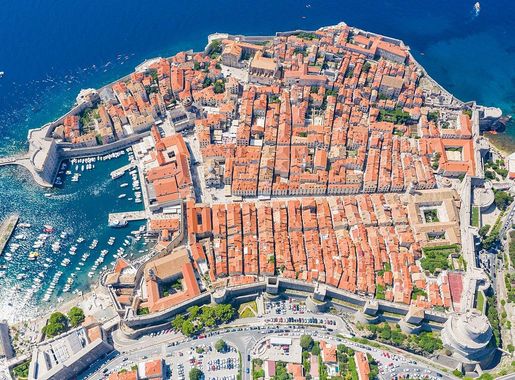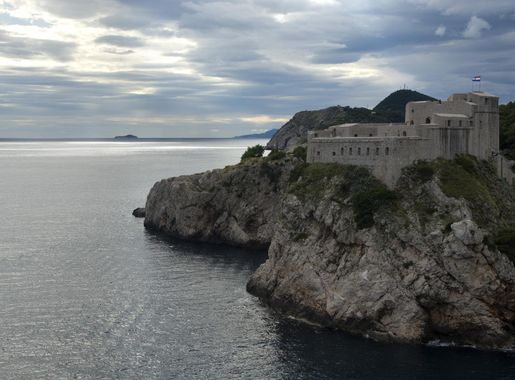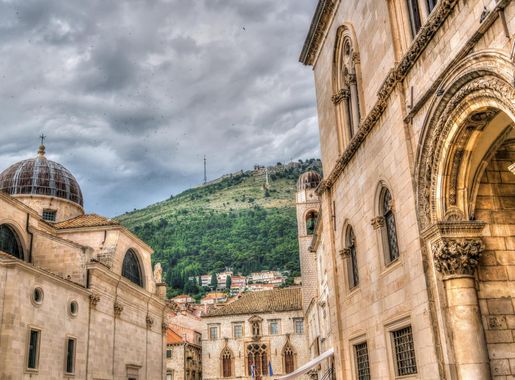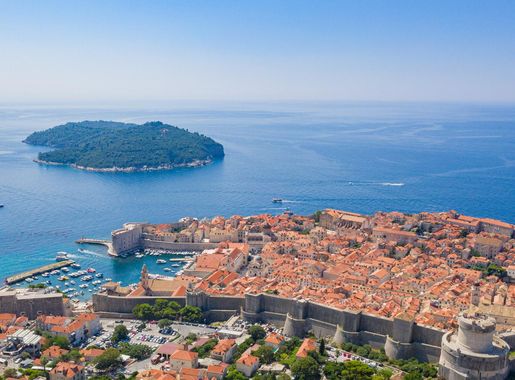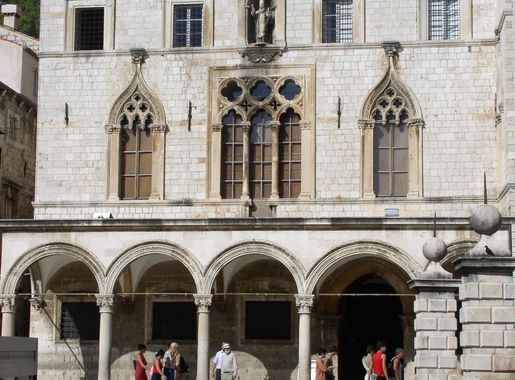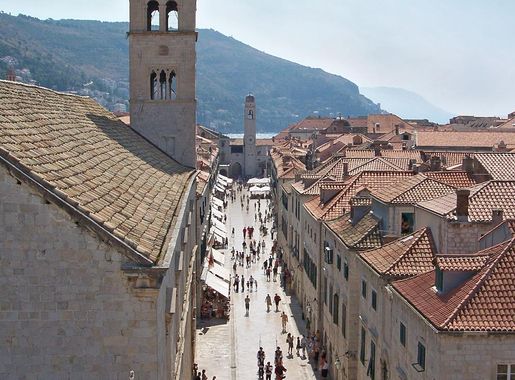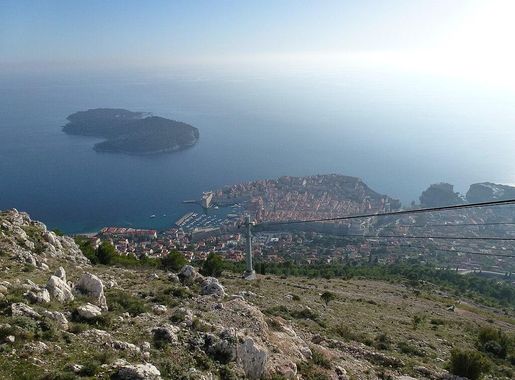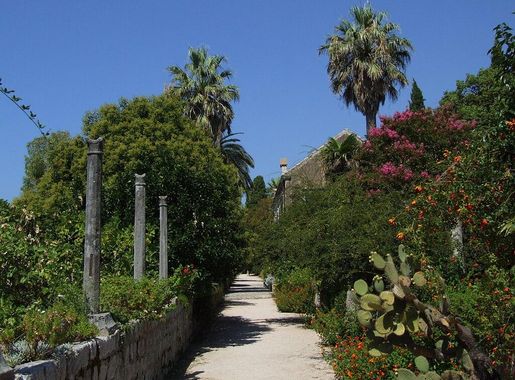
Dubrovnik Riviera: The Gem of the Adriatic
Discover Dubrovnik Riviera, a stunning coastal paradise in Croatia, where medieval history meets modern luxury amidst pristine beaches and azure waters.
Dubrovnik Riviera, located in the southern part of Croatia, is a breathtaking coastal region known for its stunning beaches, crystal-clear waters, and historical charm. This idyllic stretch of the Adriatic coastline is anchored by the enchanting city of Dubrovnik, a UNESCO World Heritage site, which boasts well-preserved medieval architecture, ancient city walls, and vibrant culture. The Riviera offers a perfect blend of relaxation and adventure. Visitors can bask in the sun on pristine beaches such as Banje, Sveti Jakov, and Lapad, or explore the numerous hidden coves and islands like Lokrum and Elaphiti. For those interested in history and culture, the old town of Dubrovnik provides a captivating journey through time, with its cobbled streets, Baroque churches, and the iconic Stradun promenade. Food lovers will delight in the local cuisine, which features fresh seafood, Mediterranean flavors, and renowned wines from the Pelješac Peninsula. As the sun sets, the Riviera comes alive with a vibrant nightlife, offering everything from cozy taverns to chic bars and nightclubs. Whether you are seeking relaxation, adventure, or a bit of both, Dubrovnik Riviera promises an unforgettable experience.
Local tips in Dubrovnik Riviera
- Visit early or late in the day to avoid the crowds at popular sites like the city walls and Old Town.
- Take a boat trip to the nearby Elaphiti Islands for a day of exploration and relaxation.
- Try local dishes such as black risotto and fresh Adriatic seafood at family-run konobas.
- Wear comfortable shoes for walking the cobblestone streets and steep stairways of Dubrovnik.
- Purchase the Dubrovnik Card for discounts on attractions and public transportation.
Dubrovnik Riviera: The Gem of the Adriatic
Dubrovnik Riviera, located in the southern part of Croatia, is a breathtaking coastal region known for its stunning beaches, crystal-clear waters, and historical charm. This idyllic stretch of the Adriatic coastline is anchored by the enchanting city of Dubrovnik, a UNESCO World Heritage site, which boasts well-preserved medieval architecture, ancient city walls, and vibrant culture. The Riviera offers a perfect blend of relaxation and adventure. Visitors can bask in the sun on pristine beaches such as Banje, Sveti Jakov, and Lapad, or explore the numerous hidden coves and islands like Lokrum and Elaphiti. For those interested in history and culture, the old town of Dubrovnik provides a captivating journey through time, with its cobbled streets, Baroque churches, and the iconic Stradun promenade. Food lovers will delight in the local cuisine, which features fresh seafood, Mediterranean flavors, and renowned wines from the Pelješac Peninsula. As the sun sets, the Riviera comes alive with a vibrant nightlife, offering everything from cozy taverns to chic bars and nightclubs. Whether you are seeking relaxation, adventure, or a bit of both, Dubrovnik Riviera promises an unforgettable experience.
When is the best time to go to Dubrovnik Riviera?
Iconic landmarks you can’t miss
Dubrovnik City Walls
Discover the breathtaking views and rich history of Dubrovnik City Walls, an iconic symbol of Croatia's heritage and architectural splendor.
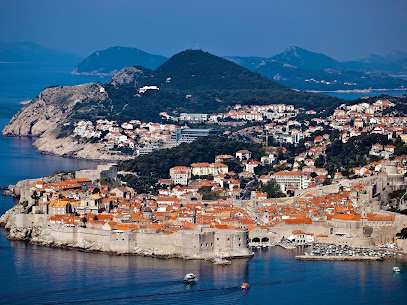
Fort Lovrijenac
Discover the historic Fort Lovrijenac in Dubrovnik, a stunning fortress with breathtaking views and rich cultural heritage.
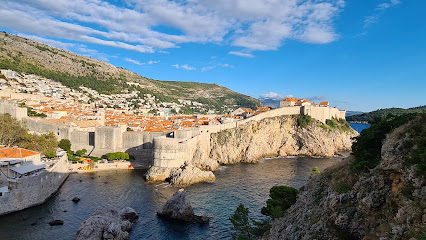
Porat Dubrovnik
Explore Porat Dubrovnik: A serene coastal gem with rich history, stunning beaches, and vibrant local culture, perfect for every traveler.
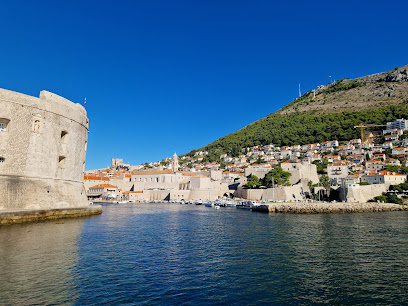
Fort Imperial
Discover the historic Fort Imperial in Dubrovnik, a fortress offering breathtaking views and rich stories of Croatian independence.

Sponza Palace
Explore the exquisite Sponza Palace in Dubrovnik, a stunning blend of Gothic and Renaissance architecture rich in history and culture.
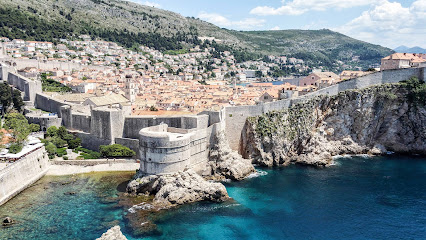
Pile Gate
Discover the Pile Gate, a stunning architectural marvel and historical gateway to Dubrovnik's enchanting Old Town, rich in culture and charm.
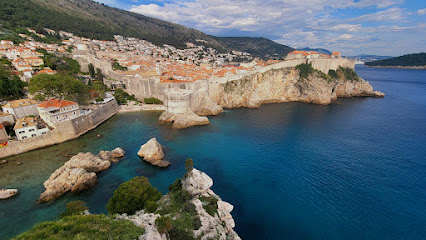
Onofrio's Large Fountain
Explore the historical Onofrio's Large Fountain in Dubrovnik, a magnificent cultural landmark and a refreshing water source for all visitors.
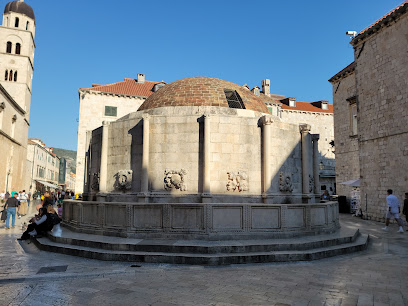
Dubrovnik Observation Point
Discover the stunning vistas of Dubrovnik from the Observation Point, where breathtaking views and rich history converge for an unforgettable experience.
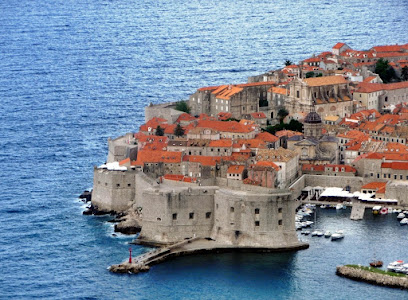
Tvrđava Minčeta
Discover Tvrđava Minčeta, a historical fortress in Dubrovnik, offering stunning views and rich cultural heritage while exploring the city's ancient walls.
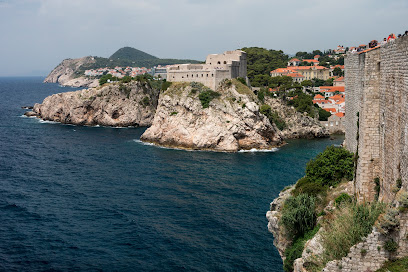
Cross
Discover the serene beauty and rich history of The Cross, a spiritual monument offering breathtaking views of Dubrovnik's stunning coastline.
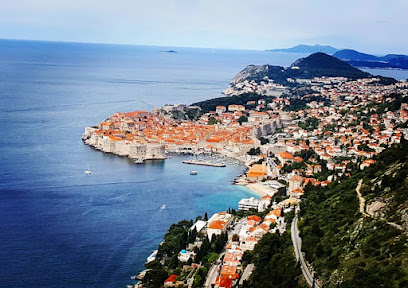
Fort Royal
Discover Fort Royal on Lokrum Island, a historical fortress with breathtaking views and rich heritage, perfect for tourists in Dubrovnik.
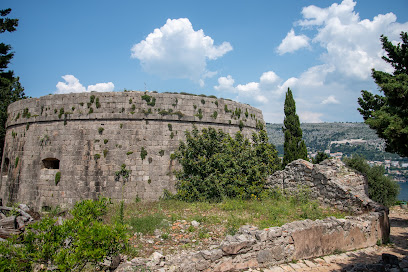
Fort Bokar
Discover the historic Fort Bokar in Dubrovnik, an architectural gem offering stunning views and a rich glimpse into the city's past.
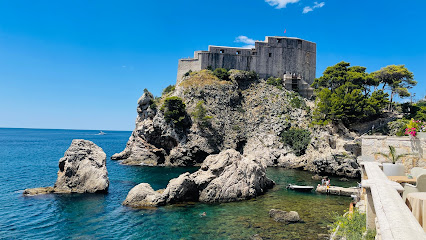
Tvrdava Revelin
Discover the historic Tvrdava Revelin in Dubrovnik, a majestic fortress with breathtaking views and vibrant cultural events.
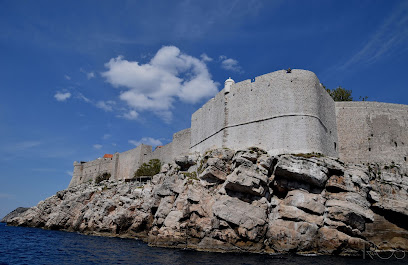
Dubrovnik West Harbour
Discover the breathtaking beauty of Dubrovnik West Harbour, a picturesque spot where history and nature blend seamlessly for an unforgettable travel experience.
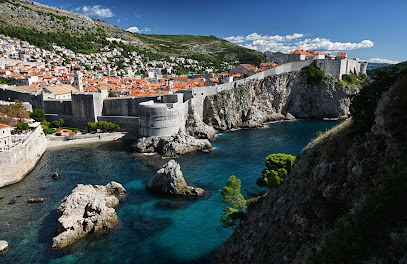
Beach Šulić
Experience the tranquil beauty of Beach Šulić, a stunning pebble beach in Dubrovnik, perfect for relaxation and breathtaking views.
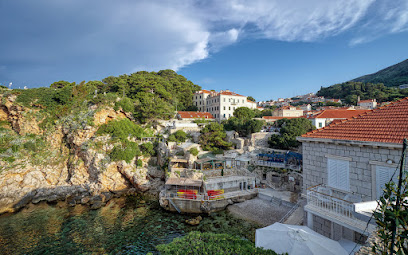
Unmissable attractions to see
Dubrovnik Walks
Explore the breathtaking beauty of Dubrovnik with guided walking and kayaking tours by Dubrovnik Walks, uncovering the city's rich history and stunning landscapes.
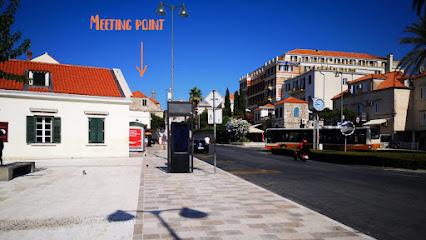
Cave Bar More
Discover the enchanting Cave Bar More in Dubrovnik, where stunning cave formations meet vibrant nightlife for an unforgettable experience.
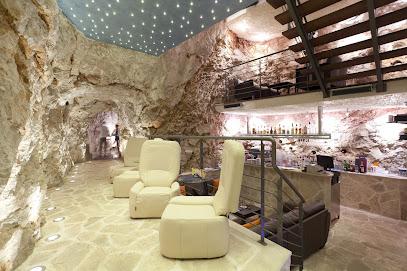
Red History Museum
Explore the captivating history of Croatia at the Red History Museum in Dubrovnik, where engaging exhibits bring the past to life.
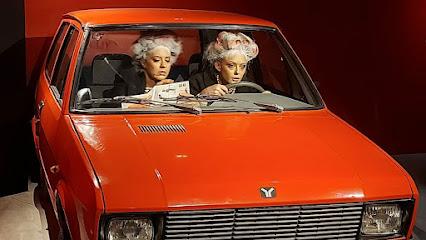
Bajova Kula
Experience fresh seafood and breathtaking views at Bajova Kula, a top-rated dining destination in the heart of Montenegro's Adriatic coast.
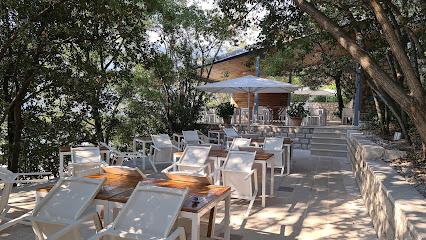
Mlini
Experience the picturesque beaches and tranquil beauty of Mlini, Croatia - a hidden gem along the stunning Adriatic coast.
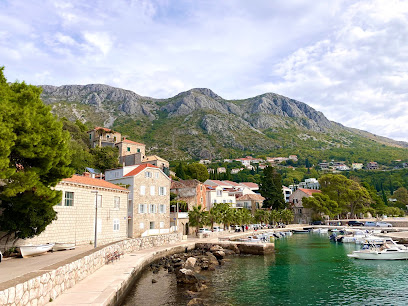
VOLI
Explore VOLI in Tivat, Montenegro - your go-to supermarket for local delicacies and international products near the beautiful Adriatic coast.
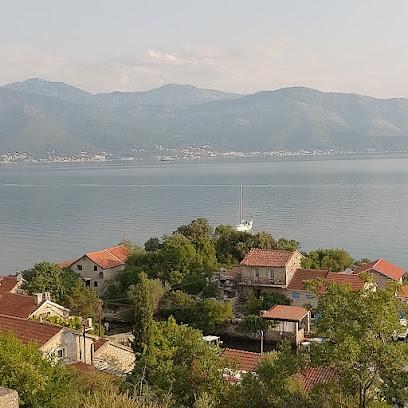
Private Boat Tours - Rewind Dubrovnik
Discover the enchanting waters of Dubrovnik with personalized private boat tours, perfect for creating unique memories and exploring stunning coastal beauty.
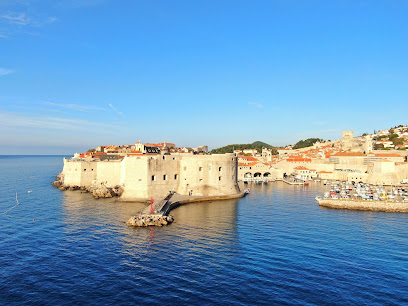
DU the Wire - Dubrovnik Zipline
Experience the thrill of ziplining over Dubrovnik's stunning landscapes, combining adventure with breathtaking views of the Adriatic coastline.

Kojan Koral
Explore thrilling outdoor adventures at Kojan Koral in Gruda, Croatia - ATV rentals, horseback riding, and unforgettable experiences await!
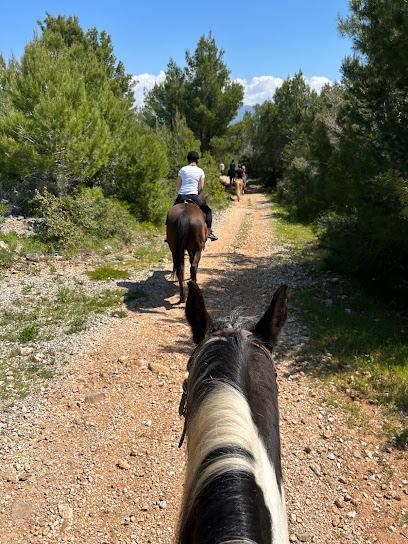
Buža na Lokrumu
Explore the stunning beauty and rich history of Buža na Lokrumu, a tranquil island paradise just off the coast of Dubrovnik.
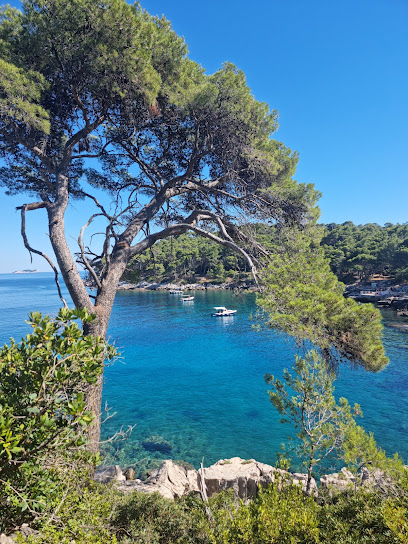
Maro World
Experience endless fun and creativity at Maro World, Dubrovnik's top children's amusement center, perfect for family adventures and unforgettable memories.
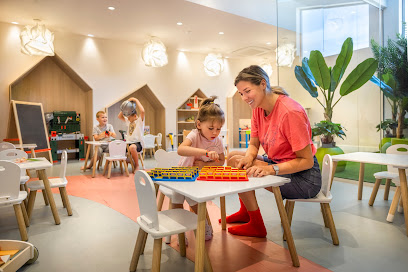
Upper Corner Tower Foundry Museum
Explore the Upper Corner Tower Foundry Museum in Dubrovnik, where history, architecture, and stunning views come together to enrich your travel experience.
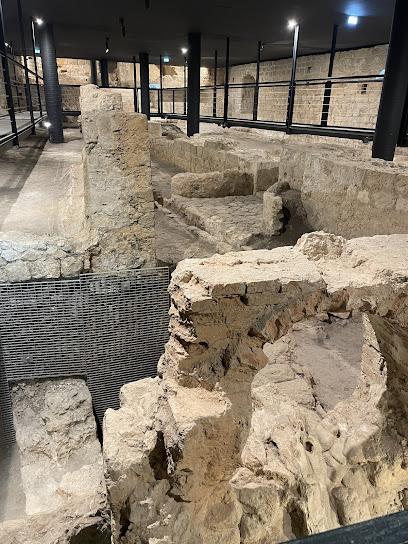
Upper Corner Tower Foundry Museum
Explore the Upper Corner Tower Foundry Museum in Dubrovnik, a captivating attraction showcasing the city's rich history and metalworking heritage.
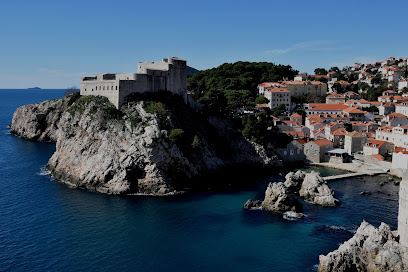
Vrmac
Discover the breathtaking views and rich biodiversity of Vrmac, Montenegro's stunning mountain peak in Gornja Lastva.
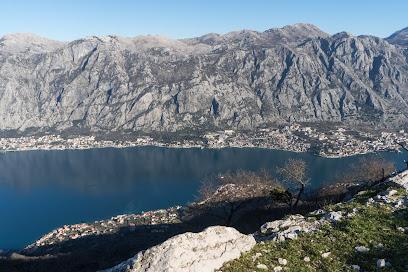
Golub Špilja (Kayaking Cave)
Experience the breathtaking beauty of Golub Špilja, a stunning kayaking cave on Lokrum Island, perfect for adventure and relaxation in Dubrovnik.
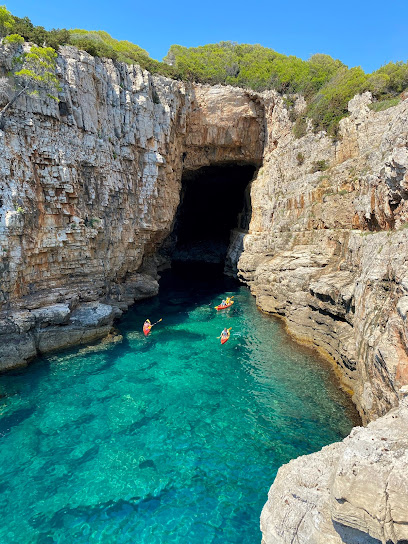
Essential places to dine
Dubravka 1836 Restaurant & Cafe
Experience exquisite Mediterranean cuisine with stunning views at Dubravka 1836 Restaurant & Cafe in Dubrovnik.
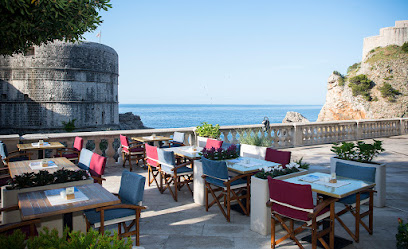
Restaurant Panorama
Experience exquisite Mediterranean cuisine paired with breathtaking views at Restaurant Panorama in Dubrovnik.
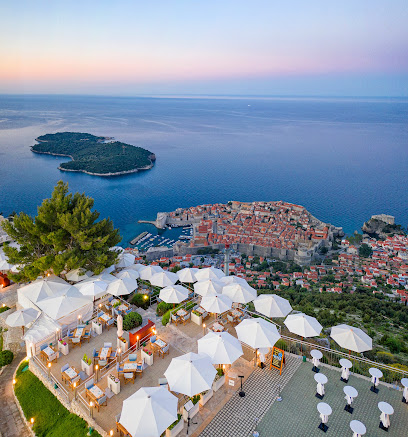
Gradska kavana Arsenal Restaurant
Discover the essence of Croatian and Mediterranean cuisine at Gradska kavana Arsenal in Dubrovnik – where flavor meets tradition.
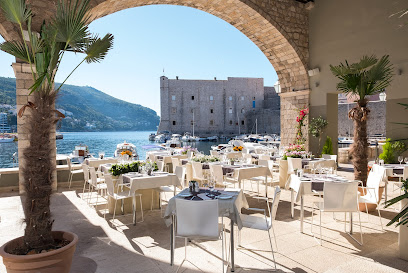
Taj Mahal Old Town
Experience authentic Eastern European cuisine at Taj Mahal Old Town, where delicious flavors meet Dubrovnik's historic allure.
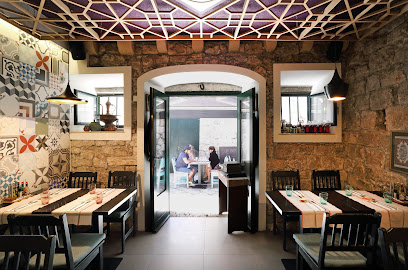
Pantarul
Discover the authentic flavors of Croatia at Pantarul, where fresh ingredients meet culinary creativity in a charming setting.
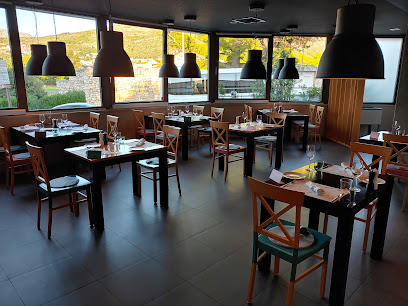
Restaurant & Bar Rudjer
Savor authentic Mediterranean flavors at Restaurant & Bar Rudjer in Dubrovnik - your destination for breakfast, brunch, and exquisite seafood.
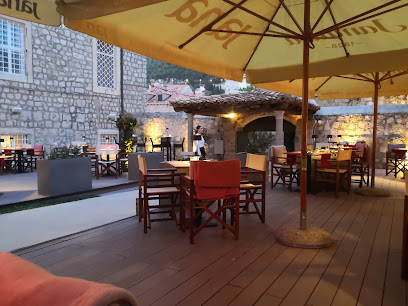
Lucin Kantun Dubrovnik
Discover Lucin Kantun in Dubrovnik: A delightful tapas bar serving authentic Mediterranean cuisine with a charming atmosphere.
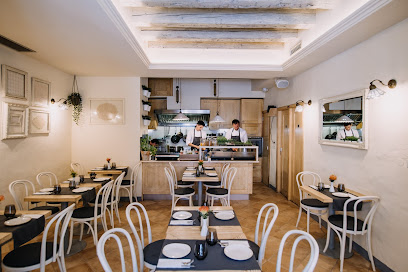
Hotel More
Discover unparalleled luxury at Hotel More in Dubrovnik, where stunning views and exquisite dining meet Croatian hospitality.
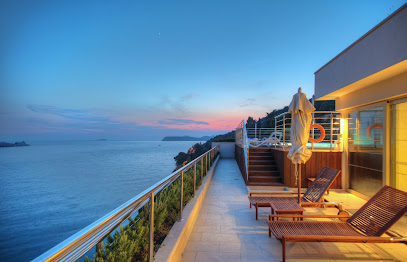
Poklisar Restaurant
Discover the essence of Mediterranean cuisine at Poklisar Restaurant in Dubrovnik - where every meal is a celebration of local flavors.
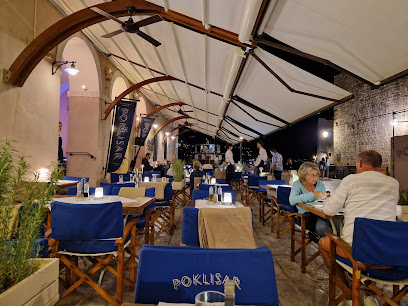
Trattoria Carmen
Experience authentic Croatian cuisine at Trattoria Carmen in Dubrovnik – where every dish tells a story of tradition and flavor.
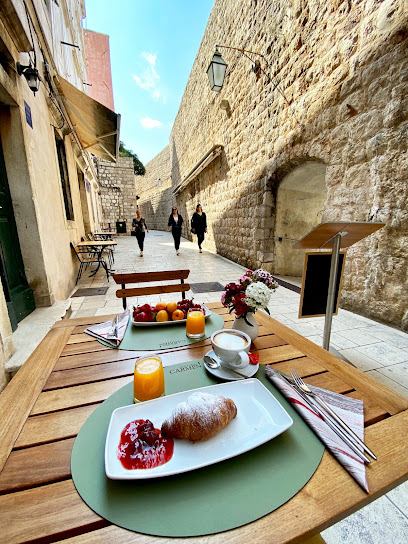
Levanat
Discover the taste of Mediterranean cuisine at Levanat, Dubrovnik's premier destination for angler fish and steak lovers.
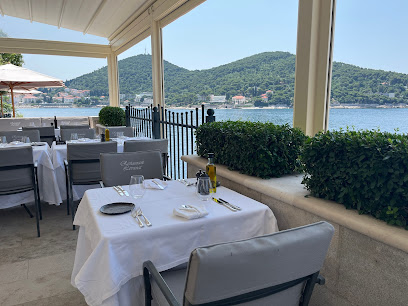
LAJK restaurant Dubrovnik
Experience authentic Croatian cuisine at LAJK Restaurant in Dubrovnik - where tradition meets modern flavors.
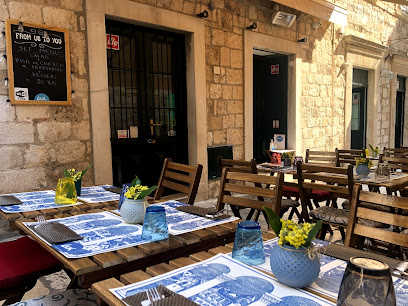
Nautika
Experience fine dining at Nautika in Dubrovnik - where Mediterranean flavors meet breathtaking sea views.
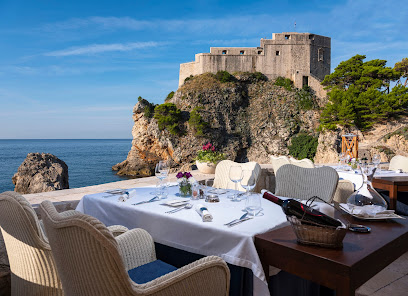
Azur
Discover Azur: A top-rated Asian Fusion restaurant in Dubrovnik offering unique dishes that blend tradition with innovation.
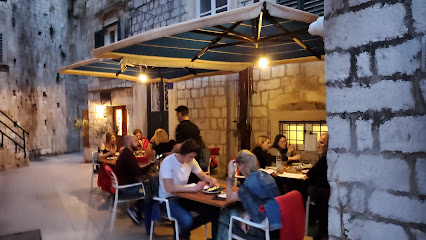
Restaurant 360
Discover Dubrovnik's finest dining experience at Restaurant 360 with breathtaking views and exquisite local cuisine.
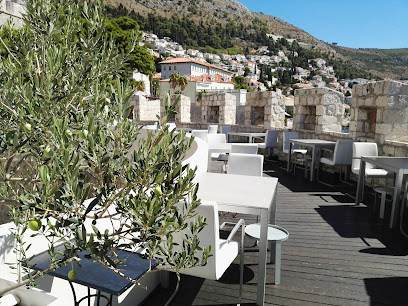
Markets, malls and hidden boutiques
Gruž Market
Explore the vibrant Gruž Market in Dubrovnik, where fresh produce and local delicacies await to tantalize your taste buds and immerse you in Croatian culture.
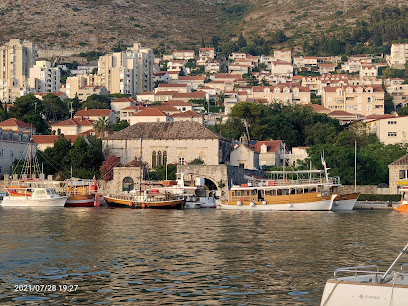
Dubrovnik Shopping Minčeta
Explore Dubrovnik Shopping Minčeta: A vibrant department store offering a diverse range of products, from fashion to local souvenirs in the heart of Dubrovnik.
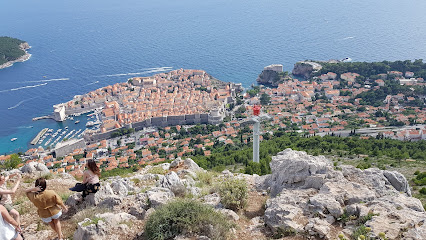
Gunduliceva Poljana Market
Discover the vibrant Gunduliceva Poljana Market in Dubrovnik, where local flavors meet Croatian culture in a lively atmosphere.

Love Stories Museum
Discover the enchanting Love Stories Museum in Dubrovnik, where romance and history intertwine through captivating exhibits and heartfelt tales.
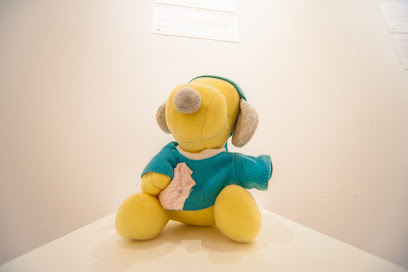
Stradun Dubrovnik
Experience the vibrant heart of Dubrovnik at Stradun, where history, culture, and shopping converge in stunning surroundings.
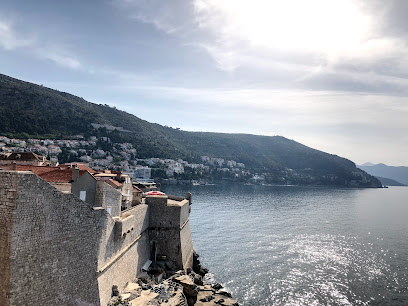
DOC DUBROVNIK Shopping Center
Explore the vibrant DOC Dubrovnik Shopping Center for a unique blend of shopping, dining, and entertainment in the heart of Croatia's historic city.

STUDENAC MARKET
Experience the vibrant flavors of Croatia at Studenac Market in Srebreno, your go-to grocery store for fresh produce and local delicacies.

Life According to KAWA
Experience the unique blend of coffee culture and local craftsmanship at Life According to KAWA in the scenic city of Dubrovnik.
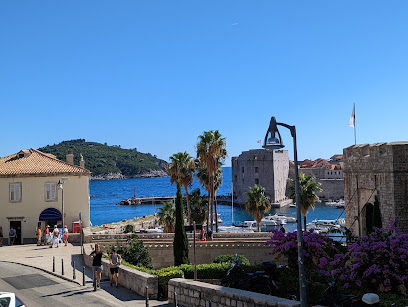
Dubrovnik City shop - IRON THRONE
Discover unique souvenirs and the iconic Iron Throne in the heart of Dubrovnik, blending history and fantasy at the IRON THRONE Souvenir Shop.

Terra Croatica
Discover the charm of Croatia at Terra Croatica, where unique gifts and local treasures await in the heart of Dubrovnik.
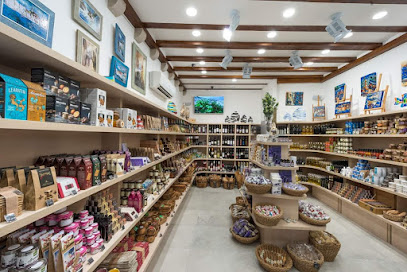
Dubrovačka kuća -Dubrovnik house
Explore the rich culture of Croatia at Dubrovačka kuća, your go-to gift shop in Dubrovnik for authentic souvenirs and unique treasures.
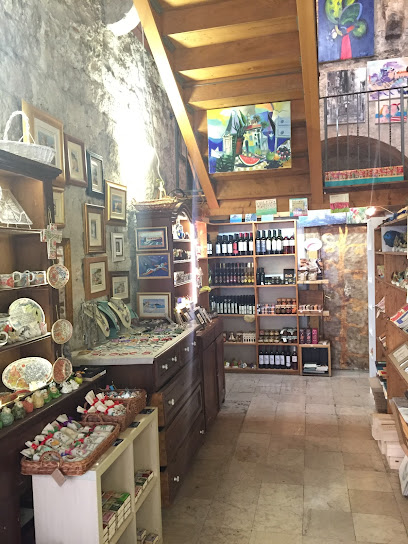
GIFT & ART SHOP MEDUSA
Explore Gift & Art Shop Medusa in Dubrovnik for unique gifts and natural goods, capturing the essence of Croatian culture and craftsmanship.
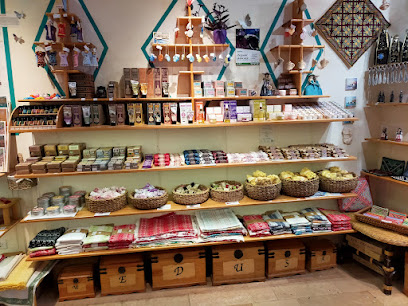
Dubrovnik Treasures Jewelry Store - Adriatic Coral, Pearls & Semi-precious Stones
Explore the exquisite craftsmanship at Dubrovnik Treasures Jewelry Store, featuring unique jewelry made from Adriatic coral, pearls, and semi-precious stones.
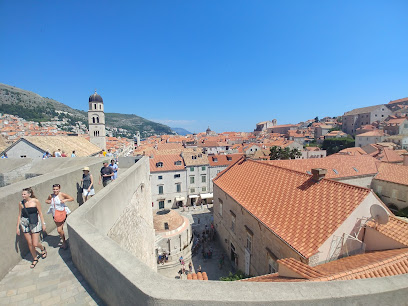
House Of The Game
Explore the charm of Dubrovnik at the House of the Game, a unique gift shop and museum offering local treasures and cultural insights.
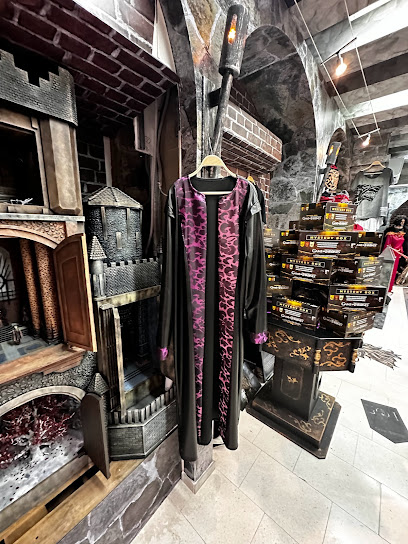
Clara Stones Jewellery
Explore Clara Stones Jewellery in Dubrovnik for exquisite handcrafted jewelry that embodies Croatian artistry and elegance.
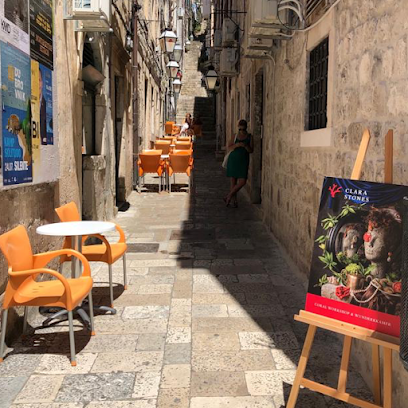
Essential bars & hidden hideouts
Cave Bar More
Experience the enchanting atmosphere of Cave Bar More in Dubrovnik, where nature meets modernity for an unforgettable night out.
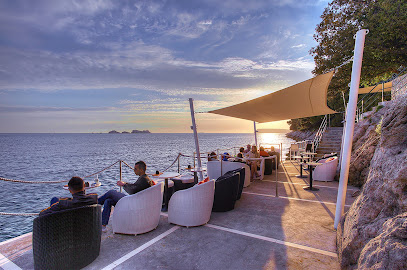
The Gaffe
Experience the warmth of Ireland in Dubrovnik at The Gaffe, a lively Irish pub with great drinks, food, and live entertainment.
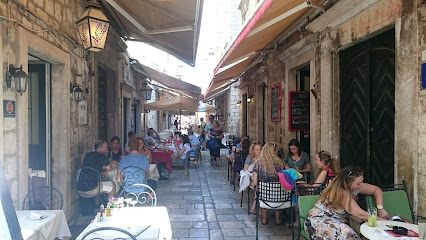
MILK fun area & cocktails
Dive into the lively nightlife at MILK Fun Area & Cocktails, Dubrovnik's premier gay club offering vibrant cocktails and an unforgettable atmosphere.
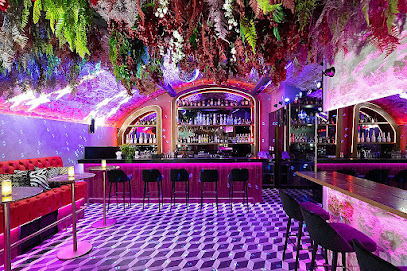
Buzz bar
Experience the vibrant atmosphere of Buzz Bar in Dubrovnik, where great drinks and local charm come together for an unforgettable night out.
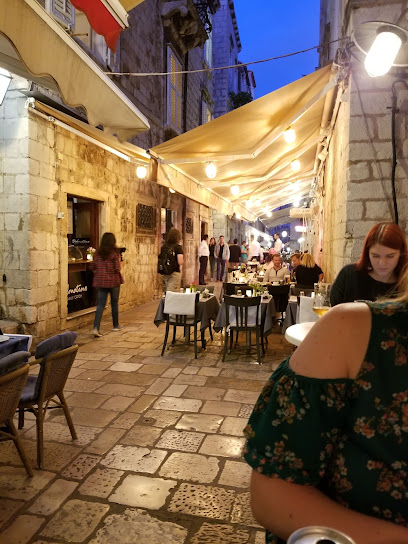
Promenada
Discover the charm of Promenada in Dubrovnik, a perfect bar for relaxation with stunning sea views and a vibrant atmosphere.
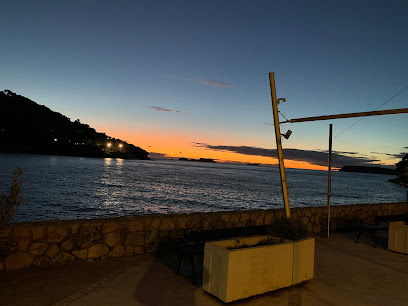
THE BAR
Discover the lively atmosphere of THE BAR in Dubrovnik, a perfect blend of modern elegance and local charm, ideal for enjoying nightlife.
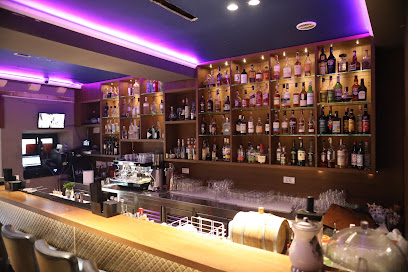
Beach Bar Dodo
Experience the vibrant atmosphere of Beach Bar Dodo, a perfect blend of relaxation, delicious cocktails, and stunning Adriatic views in Dubrovnik.
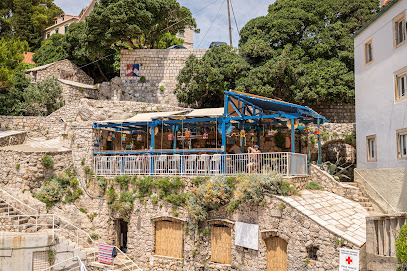
D'VINO WINE BAR DUBROVNIK
Experience the best of Croatian wines and tapas at D'VINO Wine Bar in Dubrovnik, where every sip tells a story of tradition and flavor.
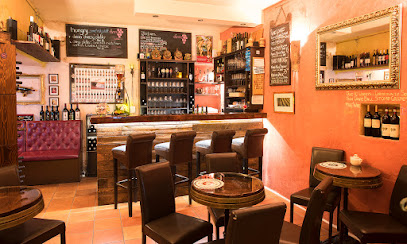
Love Bar
Discover Love Bar in Dubrovnik – a vibrant bar offering exquisite drinks, a lively atmosphere, and an unforgettable night out in Croatia's stunning coastal city.
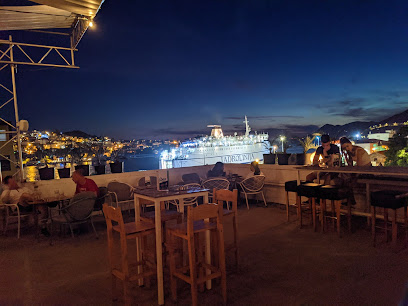
Beach bar Ponat
Discover the vibrant Beach Bar Ponat in Dubrovnik's Lapad district, where breathtaking views meet refreshing drinks in a lively atmosphere.
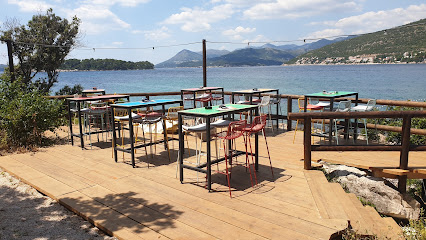
Glam Bar - #beertherapy
Discover the vibrant Glam Bar in Dubrovnik, where craft beer, cocktails, and tapas create an unforgettable experience in Croatia's historic city.
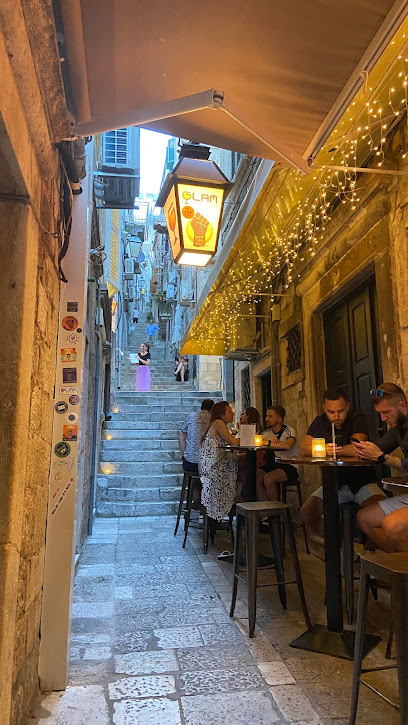
Pub Dubrovnik
Discover the lively blend of local flavors and vibrant atmosphere at Pub Dubrovnik, a must-visit gastropub in the heart of the city.
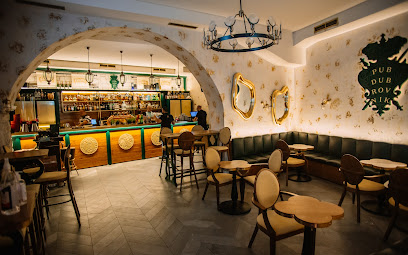
Sunset Beach Bar
Discover the vibrant Sunset Beach Bar in Dubrovnik, where stunning views meet a lively atmosphere and delightful drinks by the sea.
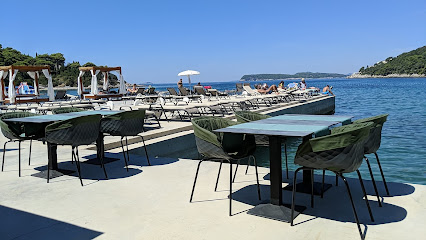
Lake Cocktail Bar
Experience the charm of Dubrovnik at Lake Cocktail Bar, where stunning lake views meet refreshing cocktails in a relaxed atmosphere.
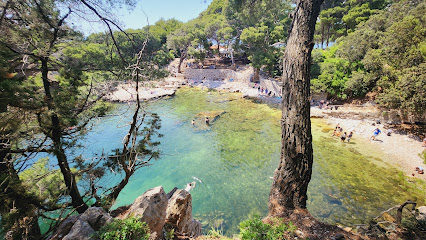
Mr. Goodlife Gin Pub & Pizza
Enjoy gourmet pizzas and an extensive gin selection at Mr. Goodlife Gin Pub & Pizza in Dubrovnik, the perfect spot for relaxation and fun.
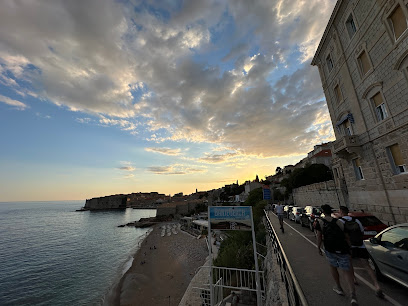
Local Phrases about Dubrovnik Riviera
-
- HelloBok
[Bohk] - GoodbyeDoviđenja
[Doh-vee-jen-ya] - YesDa
[Dah] - NoNe
[Neh] - Please/You're welcomeMolim
[Moh-leem] - Thank youHvala
[Hvah-lah] - Excuse me/SorryOprostite
[Oh-proh-stee-teh] - How are you?Kako si?
[Kah-koh see] - Fine. And you?Dobro. A ti?
[Doh-broh. Ah tee] - Do you speak English?Govorite li engleski?
[Goh-voh-ree-teh lee ehn-gleh-skee] - I don't understandNe razumijem
[Neh rah-zoo-mee-yem]
- HelloBok
-
- I'd like to see the menu, pleaseMogu li vidjeti jelovnik, molim?
[Moh-goo lee vee-dyeh-tee yeh-lohv-neek, moh-leem] - I don't eat meatNe jedem meso
[Neh yeh-dem meh-soh] - Cheers!Živjeli!
[Zhee-vee-lee] - I would like to pay, pleaseŽelim platiti, molim
[Zheh-leem plah-tee-tee, moh-leem]
- I'd like to see the menu, pleaseMogu li vidjeti jelovnik, molim?
-
- Help!Pomoć!
[Poh-mohtsch] - Go away!Odlazi!
[Ohd-lah-zee] - Call the Police!Pozovite policiju!
[Poh-zoh-vee-teh poh-lee-tsee-yoo] - Call a doctor!Pozovite doktora!
[Poh-zoh-vee-teh dohk-toh-rah] - I'm lostIzgubljen sam
[Eez-goob-lyen sahm] - I'm illBolestan sam
[Boh-les-tahn sahm]
- Help!Pomoć!
-
- I'd like to buy...Želim kupiti...
[Zheh-leem koo-pee-tee] - I'm just lookingSamo gledam
[Sah-moh gleh-dahm] - How much is it?Koliko košta?
[Koh-lee-koh koh-shta] - That's too expensiveTo je preveliko
[Toh yeh preh-veh-lee-koh] - Can you lower the price?Možete li sniziti cijenu?
[Moh-zheh-teh lee snee-zee-tee tsee-yeh-noo]
- I'd like to buy...Želim kupiti...
-
- What time is it?Koliko je sati?
[Koh-lee-koh yeh sah-tee] - It's one o'clockJedan je sat
[Yeh-dahn yeh saht] - Half past (10)Pola (deset)
[Poh-lah (deh-set)] - MorningJutro
[Yoo-troh] - AfternoonPopodne
[Poh-pohd-neh] - EveningVečer
[Veh-chehr] - YesterdayJučer
[Yoo-chair] - TodayDanas
[Dah-nahs] - TomorrowSutra
[Soo-trah] - 1Jedan
[Yeh-dahn] - 2Dva
[Dvah] - 3Tri
[Tree] - 4Četiri
[Cheh-tee-ree] - 5Pet
[Peh-t] - 6Šest
[Shehst] - 7Sedam
[Seh-dahm] - 8Osam
[Oh-sahm] - 9Devet
[Deh-veht] - 10Deset
[Deh-set]
- What time is it?Koliko je sati?
-
- Where's a/the...?Gdje je...?
[Gdyeh yeh] - What's the address?Koja je adresa?
[Koh-yah yeh ah-deh-sah] - Can you show me (on the map)?Možete li mi pokazati (na karti)?
[Moh-zheh-teh lee mee poh-kah-zah-tee (nah kahr-tee)] - When's the next (bus)?Kada je sljedeći (autobus)?
[Kah-dah yeh sl-yeh-deh-chee (ow-toh-boos)] - A ticket (to ....)Jedna karta (do ...)
[Yeh-dnah kahr-tah (doh)]
- Where's a/the...?Gdje je...?
History of Dubrovnik Riviera
-
Dubrovnik, originally known as Ragusa, was founded in the 7th century by refugees from Epidaurum. These refugees settled on the rocky island of Laus, which later merged with the mainland settlement of Dubrava, forming the city we know today.
-
From 1358 to 1808, Dubrovnik was an independent city-state known as the Republic of Ragusa. It was a maritime republic that thrived on trade and diplomacy, maintaining a fleet of ships that sailed across the Mediterranean and beyond. The republic was renowned for its skilled diplomacy and managed to maintain its independence by balancing its relations between powerful neighbors such as the Ottoman Empire and the Venetian Republic.
-
One of the most devastating events in Dubrovnik's history was the great earthquake on April 6, 1667. The earthquake caused massive destruction, killing around 5,000 people and demolishing many of the city's buildings. Despite this catastrophe, the resilient citizens of Dubrovnik managed to rebuild the city, preserving its historical and architectural heritage.
-
The Napoleonic Wars brought significant changes to Dubrovnik. In 1806, Napoleon's forces entered Dubrovnik, marking the end of the Republic of Ragusa. The city was later incorporated into the Illyrian Provinces, a part of the French Empire. Following Napoleon's defeat, Dubrovnik was annexed to the Austrian Empire in 1815, under which it remained until the end of World War I.
-
During the Austro-Hungarian period, Dubrovnik experienced economic growth and modernization. The city became a popular tourist destination, attracting visitors with its stunning architecture, beautiful coastline, and rich history. Infrastructure improvements, including the construction of roads and railways, facilitated access to the city and contributed to its development as a cultural and tourist hub.
-
During World War II, Dubrovnik was occupied by Axis forces and later became part of the Independent State of Croatia, a puppet state of Nazi Germany. After the war, Dubrovnik became part of the Socialist Federal Republic of Yugoslavia. Under socialist rule, the city continued to develop as a major tourist destination, with investments in infrastructure and tourism facilities.
-
The Croatian War of Independence brought significant hardship to Dubrovnik. From October 1991 to May 1992, the city was besieged by the Yugoslav People's Army. The siege resulted in significant damage to the city's historic buildings and infrastructure. Despite the heavy bombardment, the spirit of the city's residents and the international community's efforts played a crucial role in preserving Dubrovnik’s cultural heritage.
-
In 1979, Dubrovnik's Old Town was designated a UNESCO World Heritage Site, recognizing its outstanding medieval architecture and historic significance. The city's walls, churches, palaces, and streets reflect centuries of history and cultural development. This status has helped preserve Dubrovnik's unique heritage and attract millions of visitors from around the world.
-
Today, Dubrovnik is a thriving city that successfully blends its rich historical heritage with modern amenities. It has become one of the most popular tourist destinations on the Adriatic coast, known for its well-preserved medieval walls, stunning landscapes, and vibrant cultural scene. Events like the Dubrovnik Summer Festival celebrate the city's artistic and cultural heritage, continuing the legacy of this remarkable destination.
Dubrovnik Riviera Essentials
-
Dubrovnik Riviera is located in the southern part of Croatia, along the Adriatic Sea. The nearest international airport is Dubrovnik Airport (DBV), which is approximately 22 kilometers from Dubrovnik city center. Direct flights to Dubrovnik are available from many major European cities. From the airport, you can take a shuttle bus, taxi, or rent a car to reach your destination. Alternatively, you can arrive by ferry from various Italian ports or by bus from other Croatian cities and neighboring countries.
-
Dubrovnik Riviera offers various transportation options. Buses are the primary mode of public transport, offering reliable and frequent services within Dubrovnik and to surrounding towns. Taxis are widely available, but it's advisable to agree on the fare beforehand. Renting a car provides flexibility to explore the region at your own pace. Additionally, ferries and boat tours are popular for visiting nearby islands and coastal attractions. Walking is also a pleasant way to explore Dubrovnik's Old Town.
-
The official currency in Croatia is the Croatian Kuna (HRK). Credit and debit cards are widely accepted in hotels, restaurants, and shops in Dubrovnik Riviera. However, it's a good idea to carry some cash, particularly for smaller establishments and local markets. ATMs are readily available throughout the region. Currency exchange services are offered at the airport, banks, and exchange offices.
-
Dubrovnik Riviera is generally a safe destination for tourists. However, like any tourist destination, it's important to stay vigilant. Petty theft, such as pickpocketing, can occur in crowded areas, so keep an eye on your belongings. Avoid walking alone at night in unfamiliar or poorly lit areas. The Old Town of Dubrovnik is well-policed, but it's advisable to stay aware of your surroundings.
-
In case of emergency, dial 112 for immediate assistance. This number connects you to emergency services, including police, fire, and medical. Dubrovnik has a well-equipped hospital and several clinics for medical emergencies. Pharmacies are widely available for minor health issues. It's recommended to have travel insurance that covers medical emergencies and other unexpected situations.
-
Fashion: Do dress modestly when visiting religious sites. Swimwear is only appropriate at the beach or pool. Religion: Do respect local customs and traditions, especially in places of worship. Public Transport: Do validate your bus ticket and offer your seat to elderly passengers. Don't eat or drink on public transport. Greetings: Do greet people with a simple 'Dobar dan' (Good day) and a smile. Eating & Drinking: Do try local dishes and wines. Don't rush your meals; dining is a leisurely activity here.
-
To experience Dubrovnik Riviera like a local, start your day with a stroll along the Stradun in Dubrovnik's Old Town. Visit the local markets to buy fresh produce and local delicacies. Engage with locals, who are often friendly and willing to share their culture. Don't miss the chance to explore lesser-known spots like Cavtat or the Pelješac Peninsula for a more authentic experience. Take part in local festivals and events to truly immerse yourself in the culture.
Nearby Cities to Dubrovnik Riviera
-
Things To Do in Trebinje
-
Things To Do in Herceg Novi
-
Things To Do in Perast
-
Things To Do in Tivat
-
Things To Do in Kotor
-
Things To Do in Cetinje
-
Things To Do in Budva
-
Things To Do in Nikšić
-
Things To Do in Mostar
-
Things To Do in Podgorica
-
Things To Do in Bar
-
Things To Do in Ulcinj
-
Things To Do in Makarska
-
Things To Do in Sarajevo
-
Things To Do in Hvar


